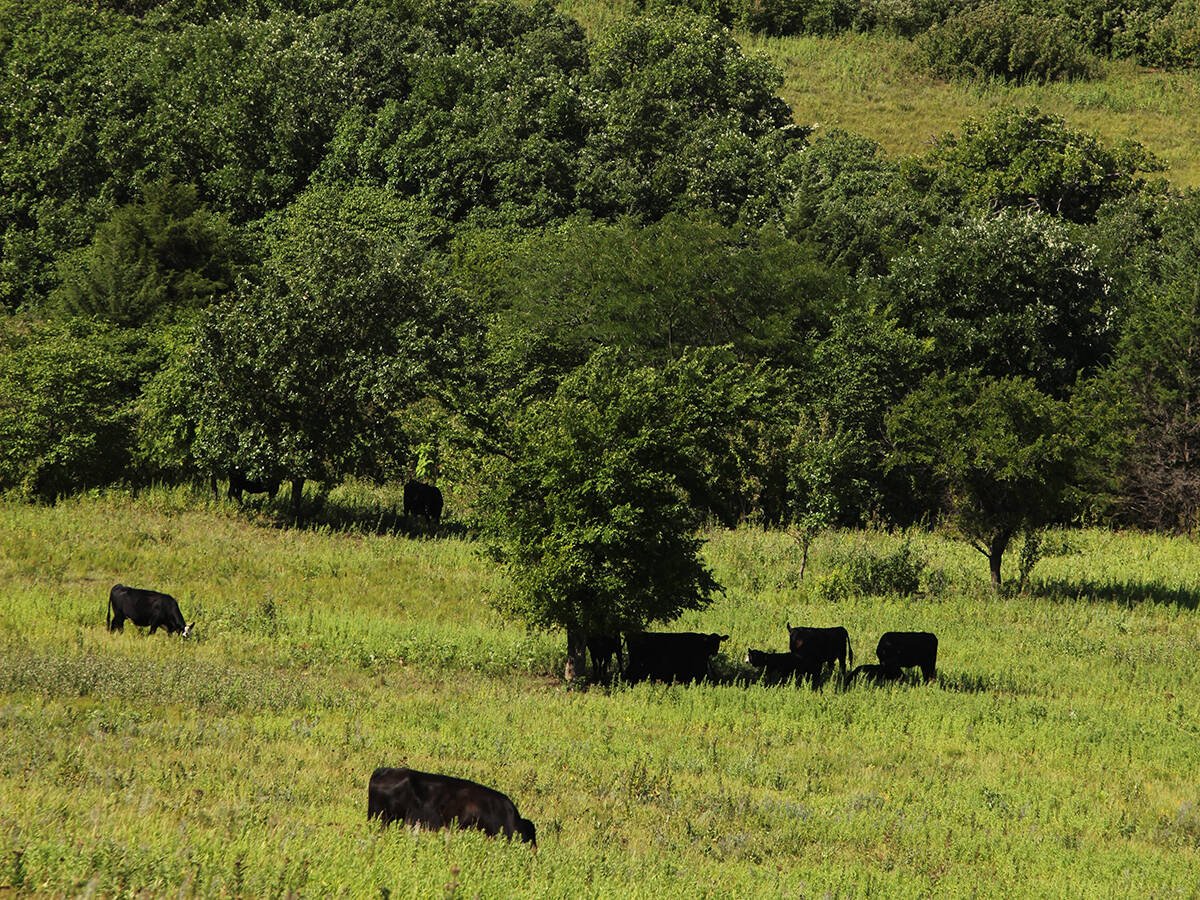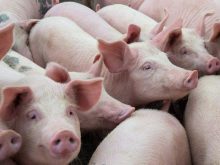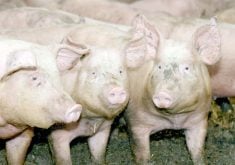STRATHMORE, Alta. Ñ North America’s top beef producers wean 80 percent of the calves that are born in their herds because they are willing to spend extra time and money to keep their cows in good condition.
“You’re going to have to spend some money and get her fat,” said Dick Diven, an Arizona beef consultant with the ranching for profit program.
“Our biggest overhead expense is the land, our biggest direct expense is energy supplementation.”
A cow does not need to be fat year round but good nutrition can result in better conception rates and heavier weaned calves, he said at a seminar sponsored by the Foothills Forage Co-op Association and Wheatland County in Strathmore Feb. 9.
Read Also

Beef cattle more prone to trace mineral deficiencies
The trace mineral status of our cows and calves is a significant challenge for western Canadian producers and veterinarians.
Diven recommended body condition scoring cows at the time of calving. Condition scores are a numerical value on the amount of body weight that is fat.
The higher the body condition score at the time of calving, the higher the conception rate within 85 days after calving.
A mature cow has considerable capacity to store energy in the form of fat to be used later when necessary.
Energy consumption varies with the forage’s energy content. Young growing forage is high in energy and low in fibre.
Mature forage is lower in energy and high in fibre.
A cow needs an adequate body condition score to return to fertility, bearing in mind the greater needs for maintenance, lactation and gestation.
The lowest energy requirements are after lactation and in the last trimester of pregnancy. This could be the time to put on some fat, which can be challenging because sometimes the best forage production occurs in the season when cows are lactating heavily.
To maintain a once-a-year calving schedule, a cow needs to come into heat soon after the calf is born. Its first estrus cycle should be around 40 days after delivery.
Each cycle is 21 days so if cows go through two heat cycles before visiting the bull, they will be more fertile and fully recovered from calving.
Diven recommended a schedule that allows calves to be turned onto lush grass by the time they are six to seven weeks old, which will help their rumens develop.
Heifers also require special management if they are to calve by age two.
The heifer needs to cycle at about 400 days of age and should go through two cycles before being bred to ensure better fertility. If it is bred at 450 days and has a 280 day pregnancy, it will be around 730 days old at the time of calving.
Diven also recommended not breeding heifers until their third heat cycle.
“In young cows and heifers, 20 percent are more fertile on the third cycle than they are on the first,” he said.
Producers should also consider birth dates.
“Heifers born closest to the longest day of the year will experience pubertal estrus sooner than the ones born closer to the shortest day of the year,” he said.
One study showed heifer calves born in April went through puberty three months earlier than those born in January. Puberty was reduced even more when supplemental lighting was used.















